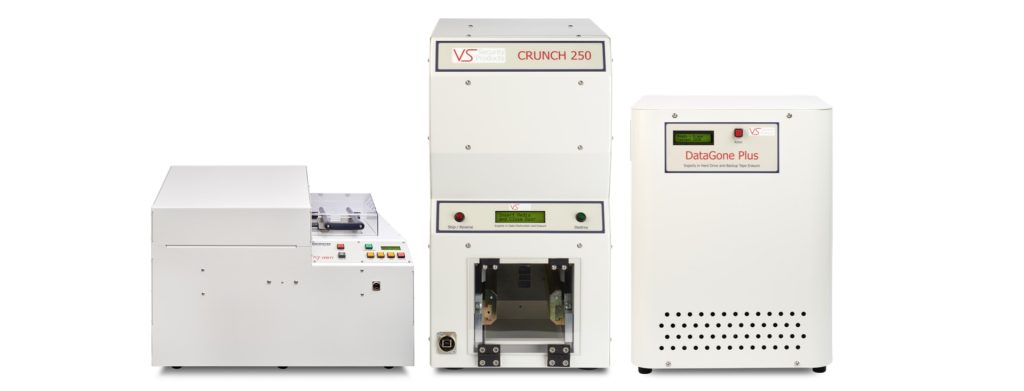A Guide to Securely Removing Data from Your Old Windows Formatted Hard Drive

Planning to upgrade your computer or replace an aging hard drive? Before tossing your old drive aside, it’s crucial to remove all your data securely. Unformatted or simply deleted files can still be recovered using data recovery software, posing a risk for potential breaches of sensitive information.
This guide explores various methods for removing data from a Windows-formatted hard drive, ensuring your old data stays truly erased:
Understanding What Needs Erasing
The type of data you want to erase depends on your personal needs and the sensitivity of the information stored (whether personal or professional).
Here are some common file types to consider:
- Personal Documents: Documents like financial statements, tax information, and medical records should be permanently removed.
- Business Documents: If your old drive contains confidential business files, contracts, intellectual property or customer information, ensure secure erasure.
- Web Browsing History: Your browsing history might reveal personal habits and website preferences. Consider removing it before disposal.
- Emails and Chat Logs: Emails containing sensitive information, personal conversations, or passwords need thorough erasure.
- Financial Data: Login credentials, bank statements, and credit card details should be permanently removed.
- Media Files: While photos and music might not be high-risk, consider your comfort level and erase them if desired.
Methods for Secure Data Removal on Windows HDDs
Here are three popular methods for removing data from your Windows-formatted hard drive:
1. Disk Formatting (Low Security):
Formatting a drive erases the file system table, making it appear like no data exists. However, data recovery software can often bypass this and retrieve the information. Formatting is not considered secure data erasure and should only be used as a preliminary step or if you plan on continuing to use the drive.
2. Overwriting (Medium Security):
This method involves repeatedly writing random data onto the entire hard drive. This overwrites any existing data, making it more difficult to recover. Free software tools like DBAN (Darik Boot and Nuke) offer secure overwriting functionalities. However, some data recovery techniques might still be able to access overwritten data, especially state actors that are seeking to extract sensitve information or secrets.
3. Degaussing (High Security — HDDs only):
Degaussing utilizes powerful magnets to disrupt the magnetic patterns on hard drives, rendering the stored data unreadable. This method is a highly secure way to erase data from traditional HDDs. However, it’s important to note that:
- Degaussing machines can be expensive to purchase for personal use.
- Degaussing services are available, but can add to the disposal cost.
- Degaussing permanently damages the hard drive, making it unusable in the future.
SSD Disposal — A Different Approach
Solid-State Drives (SSDs) use flash memory for storage and are not susceptible to degaussing. Securely erasing an SSD requires different methods:
- Secure Erase Software (Low Security): Some SSD manufacturers offer specialized software tools designed for secure erasure on their drives. This is does not however guarantee erasure and is not a viable solution for most use cases.
- Shredding (Highest Security): For maximum security, consider shredding your SSD with an industrial-grade shredder specifically designed for data destruction.
- Important Note: Shredding your SSD should only be done with a professional service or an industrial shredding machine due to the power and safety requirements. Using hammers or other DIY methods are ineffective and dangerous to implement. You may also risk failing to properly erase the data and leave your drive vulnerable.
Choosing the Right Method
The best method for your needs depends on the sensitivity of your data, budget, and the type of hard drive (HDD or SSD). For high-security data removal on traditional HDDs, degaussing offers a reliable option. However, for ultimate security and complete data erasure on both HDDs and SSDs, industrial crushing or shredding is the preferred choice.
Remember: Securely removing data from your old hard drive protects your privacy and helps you comply with data protection regulations. By understanding the different methods and choosing the right approach, you can ensure your past data stays truly erased and your future digital life remains secure.
To learn more about data destruction solutions for personal use or small businesses, contact us on: [email protected]
Photo credit: Clint Patterson

